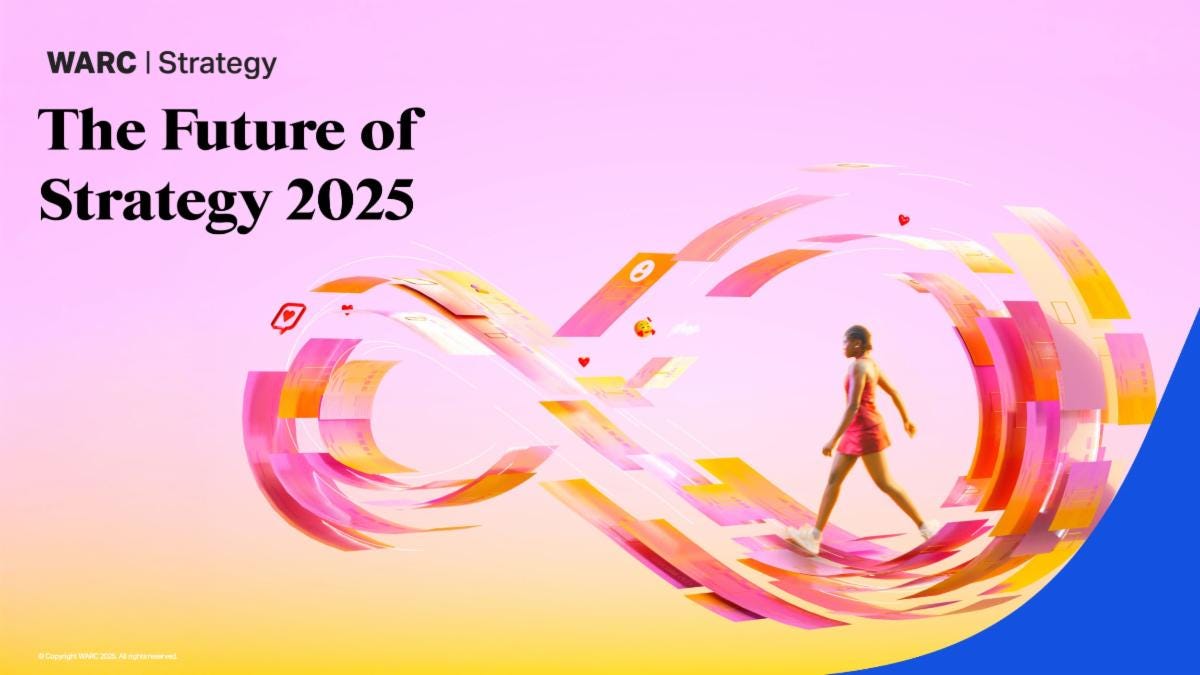The Strategy Paradox: Why Marketing's Most Vital Function Is Being Hollowed Out
Strategy headcount has collapsed from 52% growth to 27% in three years. Agencies bundle it as a "gift with purchase." And fear of bland work now outranks fear of AI as the profession's biggest threat
Keep reading with a 7-day free trial
Subscribe to The Media Stack to keep reading this post and get 7 days of free access to the full post archives.



